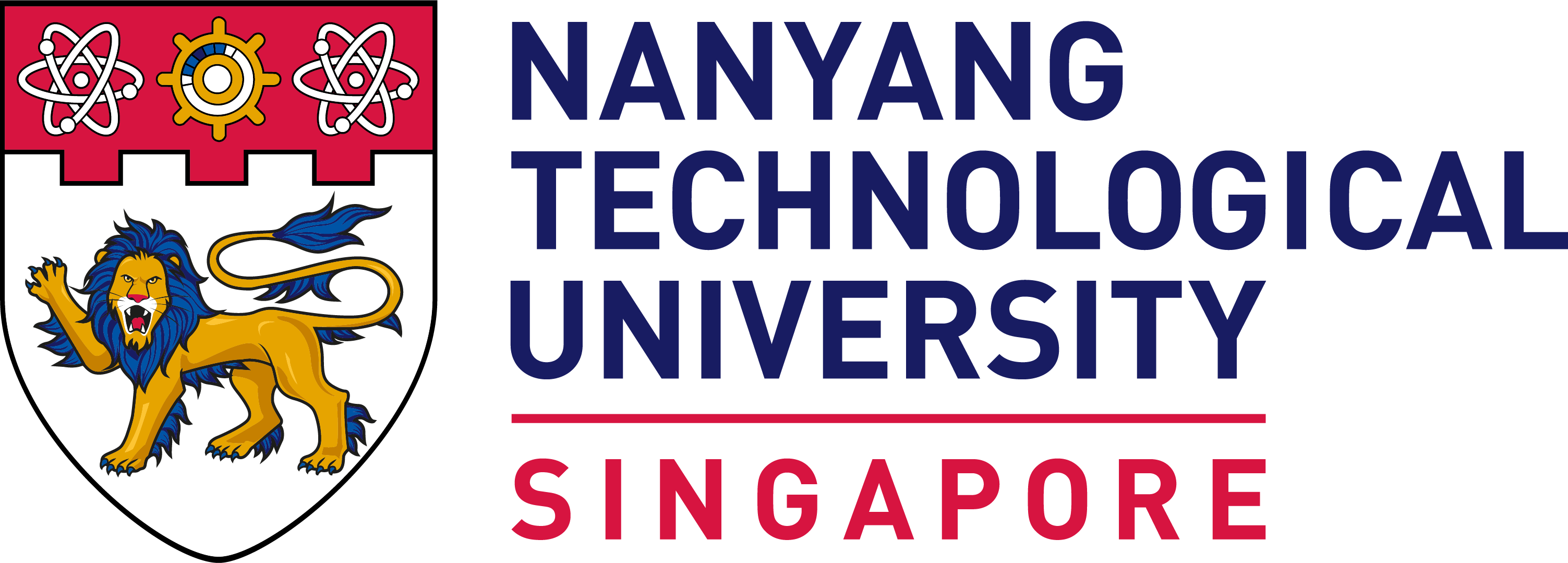Seminar on The mechanisms underlying sonoporation: How do microbubbles interact with cells?

07 Aug 2023
10.00 AM - 11.00 AM
MAE Meeting Room B (Blk N3-02b-65)
Current Students, Public
Dr Juan TU Professor Nanjing University, China This seminar will be chaired by A/P David Fan Zheng. |
| Seminar Abstract |
The past several decades have witness great progress in “smart drug delivery”, an advance technology that can delivery gene or drugs into specific locations of patients’ body with enhanced delivery efficiency. Ultrasound-activated mechanical force induced by the interactions between microbubbles and cells, which can stimulate so-called “sonoporation” process, has been regarded as one of the most promising candidates to realize spatiotemporal-controllable drug delivery to selected regions. Many efforts have been made to get in-depth understanding on how the microbubbles interact with cells during sonoporation processes, under different impact parameters. The experimental and simulation results demonstrate that, at relatively low acoustic pressures, microbubbles undergo symmetrical linear oscillations. With slightly higher ultrasound pressures, repeated small-amplitude asymmetric oscillations can be observed for stable cavitation microbubbles, which can stimulate cellular massage to disturb the membrane integrity. Violent microbubble collapse and fragmentation (inertial cavitation), are excited by ultrasound exposures at even higher driving pressures (e.g., greater than several hundred kPa). If inertial cavitation microbubble sits close to the cell membrane, strong shock wave and/or liquid jet can be formed towards nearby surface due to the asymmetrical microbubble implosion, which can puncture the cell surface to cause membrane perforation and cytoskeleton rupture, and even disrupt the endothelial membrane of blood vessels. Therefore, sonoporation outcomes could be significantly affected by various acoustic driving parameters, microbubble-to-cell relative coefficients, as well as cellular properties, so that appropriate parameter settings need to be carefully selected to satisfy different diagnostic and/or therapeutic requirements. |
| Speaker’s Biography |
Juan TU, Ph.D., professor, the director of Department of Acoustic Science and Engineering, the School of Physics, Nanjing University. She joined Nanjing University in 2007, after receiving her PhD degree in bioengineering from the University of Washington. Her research interests focus on medical ultrasound, nonlinear acoustics, acoustic cavitation and its related applications in biomedicine. So far, she has published more than 100 academic papers (H-index 29) and obtained 20 patents. She has won several national and international awards, such as the Frederic Lizzi Young Scientist Award of International Society of Therapeutic Ultrasound (2016), Wei Rongjue Award of Acoustical Society of China (2018) and the National Science and Technology Progress Award of China (2020), etc. She has been the fellow of the Acoustical Society of China, the fellow of the Acoustical Society of America, the member of IEEE IUS group 1 (medical ultrasonics) Technical Program Committee, the former board member of the International Therapeutic Ultrasound Society, and also serves as the associate editors of JASA, JASA-EL and Ultrasonics. |














/enri-thumbnails/careeropportunities1f0caf1c-a12d-479c-be7c-3c04e085c617.tmb-mega-menu.jpg?Culture=en&sfvrsn=d7261e3b_1)

/cradle-thumbnails/research-capabilities1516d0ba63aa44f0b4ee77a8c05263b2.tmb-mega-menu.jpg?Culture=en&sfvrsn=1bc94f8_1)
